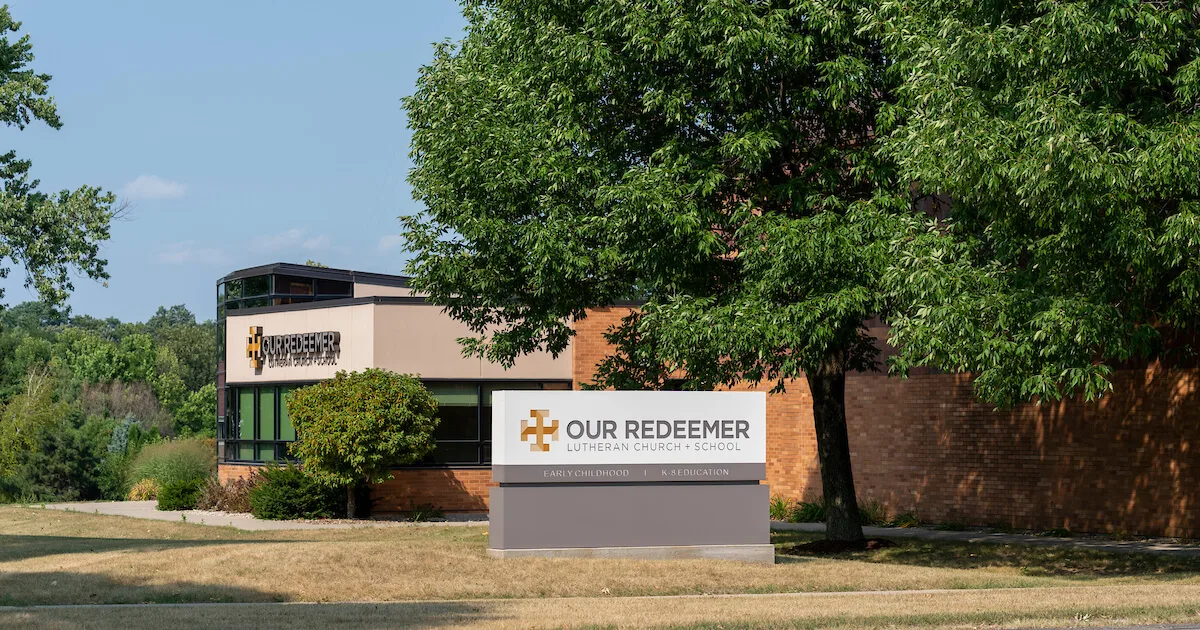
#image_title
Hagedorn bases arguments on the 1919 Legislature not being specific about school-closing powers. Karofsky says schools are not closed if made virtual for safety.
One of the state’s most prolific and prominent conservative attorneys on Tuesday argued against local health departments’ ability to close school buildings during the pandemic, and instead said that power rests with the state Department of Health Services, an obvious reversal of past arguments in favor of local control.
Rick Esenberg, president of the conservative Wisconsin Institute for Law and Liberty (WILL), made the case at the Wisconsin Supreme Court as he and two other attorneys argued against an August Dane County health order, which was almost immediately paused by the Supreme Court, that ordered schools to hold only virtual classes for grades 3-12.
The argument was striking in that Esenberg explicitly spoke against local control during a pandemic—the very principle that guided the state Supreme Court’s May decision to strike down Gov. Tony Evers’ statewide Safer at Home order and leave a patchwork of local COVID restrictions aimed at curbing the virus’ spread.
“If that extraordinary thing is going to be done,” Esenberg said of school building closures, “then that must be done by the Department of Health Services. That must be done by a cabinet-level official.”
State statutes give local health officials broad authority to “do what is reasonable and necessary” to control pandemics, but the laws only give DHS the specific authority to close schools (a different statute references local health officers’ ability to close schools, but it refers back to the statutes that only definitively give DHS the authority to do so).
Esenberg suggested DHS could authorize local school building closures after a request from local health officials, but such a setup could easily lead to standoffs between local and state officials in future administrations.
In an essay published in May on conservative site Right Wisconsin, Esenberg wrote “local control is especially smart for a problem like coronavirus,” but he also mulled over a “local whac-a-mole” approach in which attorneys sue local health officials for “more egregious exercises of local authority.”
The Legislature has not met since April 15 to work with Evers on coronavirus safety measures. And local responses like Dane County’s have been under fire and under legal scrutiny from the beginning.
Two other lawsuits challenged the same Dane County order within three days of each other, and the Supreme Court consolidated them, so Esenberg is just one of three attorneys in the case. The other attorneys are Misha Tseytlin, the state’s solicitor general under former Republican Attorney General Brad Schimel, and Joe Voiland, a former Ozaukee County Circuit Court judge.
Tseytlin and Voiland claimed their clients—St. Ambrose Academy and a parent of a student at a Christian school, respectively—had their religious rights infringed upon by the order because students at religious schools were not praying together in-person anymore.
“Virtual learning is not the practice of her faith or her children’s faith,” Voiland argued on behalf of the parent, Sara Lindsey James. “It needs to be in-person because she believes that her children need to be in-person with other children as part of the body of Christ. That is her belief.”
Liberal Justice Rebecca Dallet pointed out that there is nothing in Dane County’s order prohibiting religious ceremonies from taking place. In fact, masses are explicitly exempted from the order’s gathering limits.
Justice Jill Karofsky, a progressive elected earlier this year, also pointed out that schools are not outright closed as the plaintiffs claim, because virtual classes were allowed and in-person learning was permitted for kindergarten through second grade. School buildings are also allowed to remain open for things like food distribution and health care.
“I really have a hard time understanding how a school is closed if teachers are still performing educational functions online,” Karofsky said.
She then asked Voiland what he could call it if schools were truly closed and prohibited from even online instruction, child care, and food distribution.
“I’d have to use a stronger word, that schools were outlawed, possibly,” Voiland said. “And now, they’re closed. Under your scenario, they’re outlawed.”
There was no indication as to when the court may issue a ruling, but it did not appear that the court would let the Dane County order stand.
Justice Brian Hagedorn, a swing vote in the court’s 4-3 conservative majority, during his questioning of Dane County attorney Remzy Bitar cited a century-old attorney general opinion on a statute proposed after the 1918 Spanish flu epidemic that would have explicitly given local health departments the ability to close schools, theaters, and churches.
While then-Attorney General John Blaine did not say such a law would have been unconstitutional, Hagedorn noted that the passed statutes “conspicuously omit” the power of local health officers to close schools.
“It sure seems to me that, the way this has been designed, that the Legislature did not think that locals had the power to close schools, and that they explicitly gave it to DHS and not to the local health officers,” Hagedorn said.
The case is one of two at the Supreme Court that challenge local health officers’ ability to close school buildings; the other lawsuit, also filed by WILL, is against an order issued by the head of the Racine Public Health Department that ordered schools to close their buildings Nov. 27 through Jan. 15. That order, too, was put on hold by the court until the case could be decided.

Is that a drone or a plane? Experts help explain the differences
By JOHN SEEWER and MARK SCOLFORO Associated Press Up in the sky, is that a drone, a plane or a helicopter? Experts who study unmanned aircraft...

Editorial: It’s no longer ‘too soon’ to connect school shootings to the callous indifference of certain politicians
Wisconsin Republicans consistently choose to excuse the mass killings of our children, even though this ongoing carnage is preventable, not...

FBI figures show 15% drop in violent crime in 2024
During the first quarter of 2024, there’s also been a 13% drop in aggravated assault, according to the FBI. Murder and rape both decreased by about...

Why are there so many dead deer on Wisconsin roads?
Are you seeing an alarming amount of dead deer piling up on the side of highways right now? You’re not alone. The last time I took I-39/90 from...




